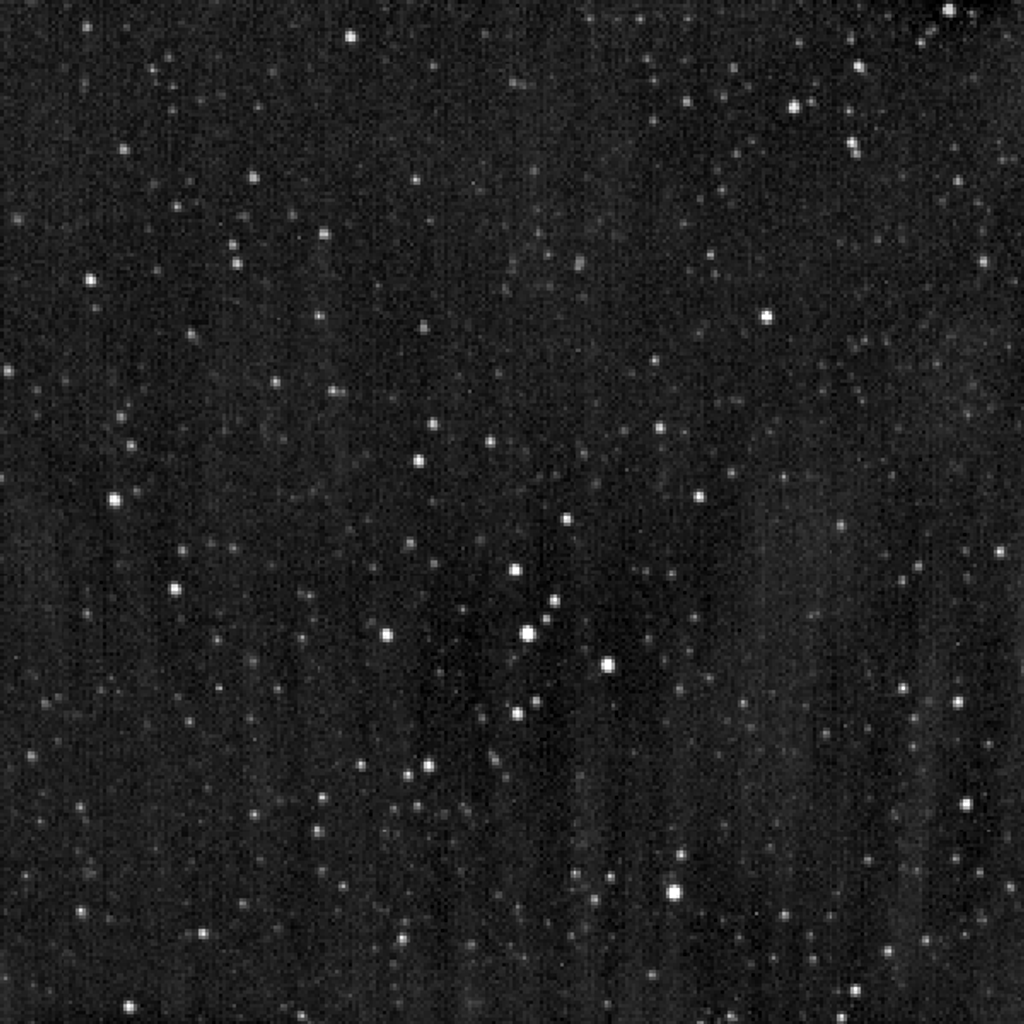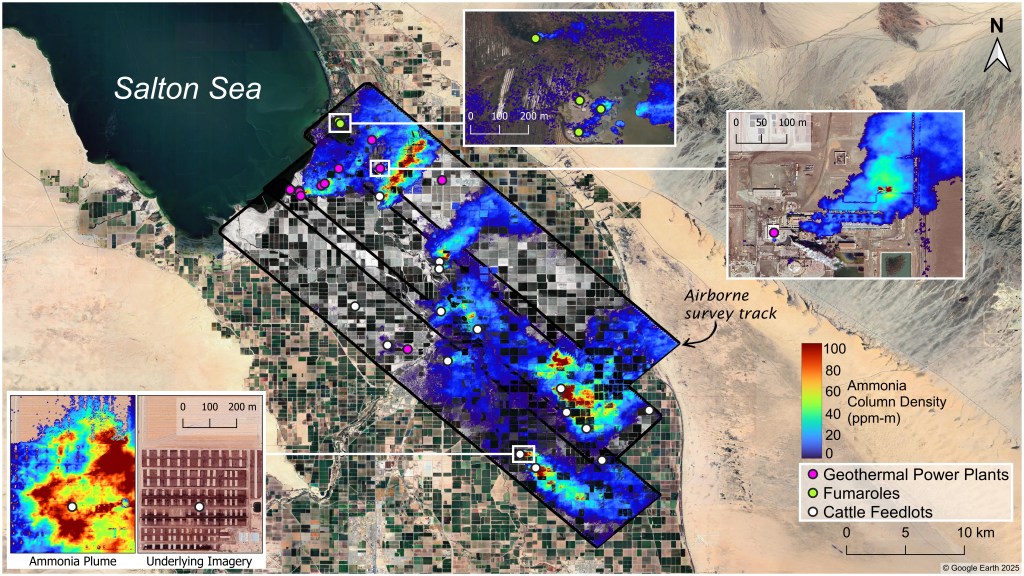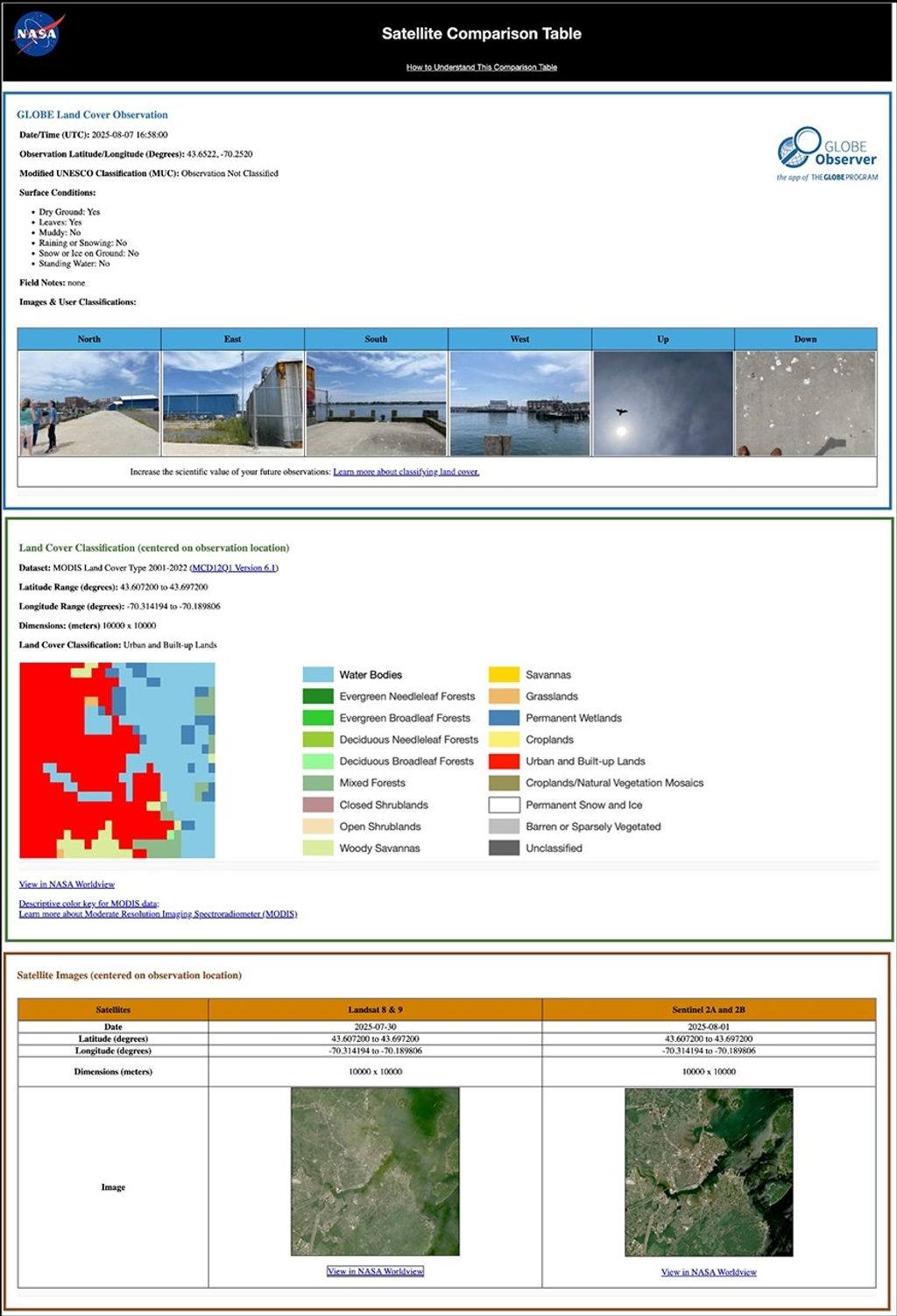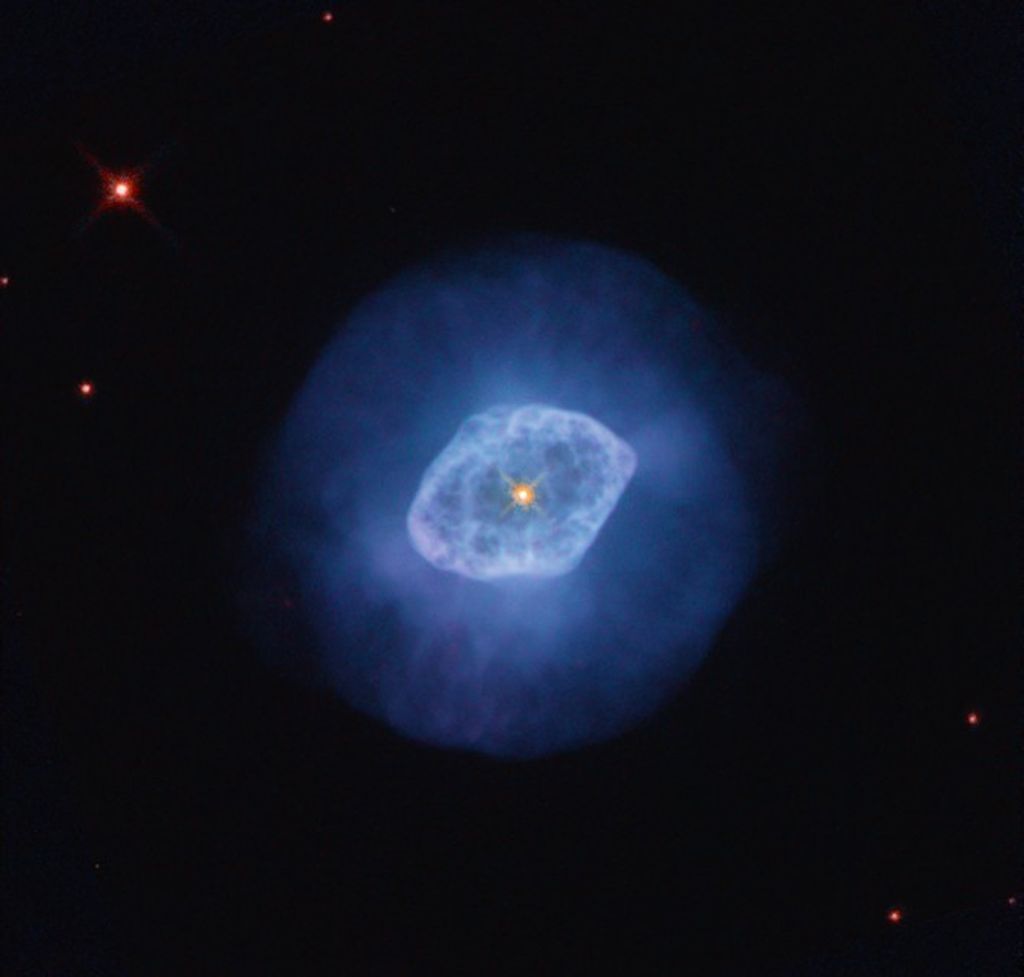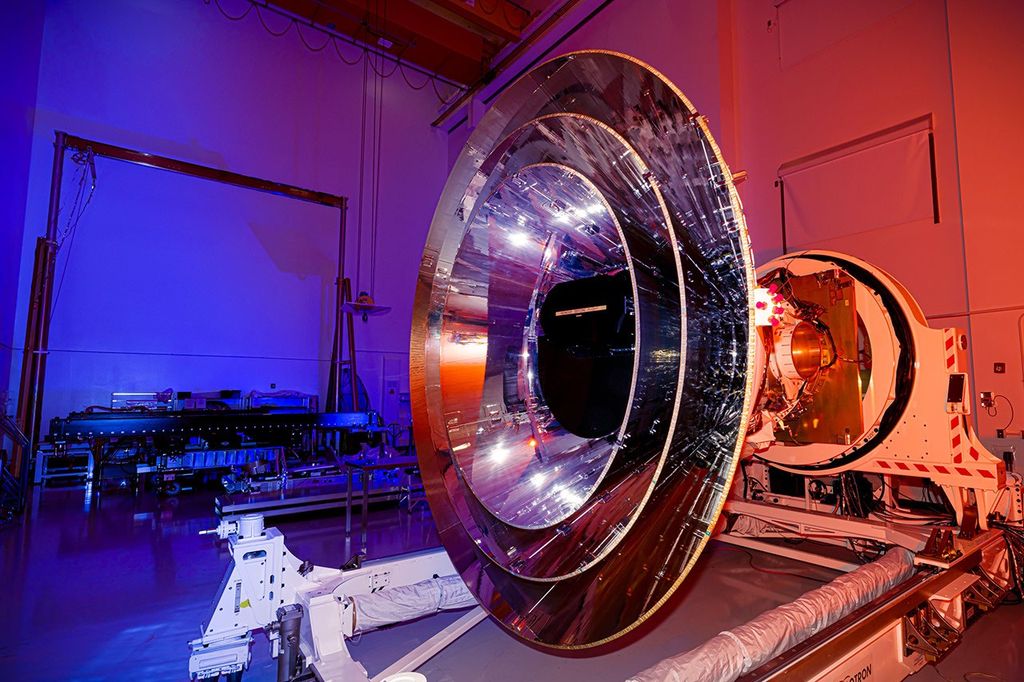1 min read
Hubble Views Home Galaxy of Record-Breaking Explosion
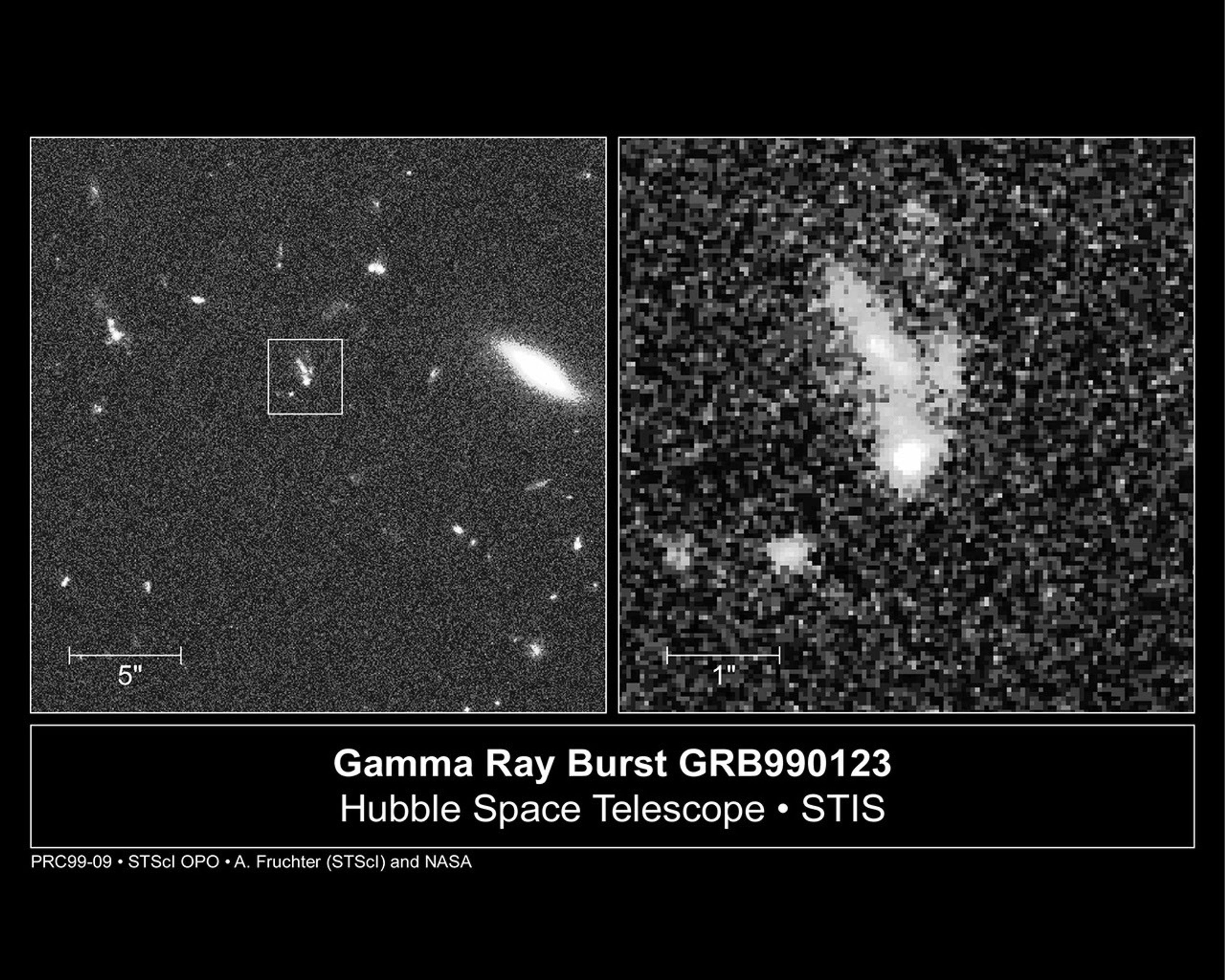
NASA Hubble Space Telescope Imaging Spectrograph (STIS) views of the rapidly fading visible-light fireball from the most powerful cosmic explosion recorded to date. For a brief moment the light from the blast was equal to the radiance of 100 million billion stars. The initial explosion began as an intense burst of gamma-rays which happened on Jan. 23, 1999.
[Left - Wide view] The blast had already faded to one four-millionth of its original brightness when Hubble made observations on February 8 and 9. The space telescope captured the fading fireball embedded in a galaxy located 2/3 of the way to the horizon of the observable universe.
[Right - Closeup view] Hubble's resolution shows the galaxy is not the classic spiral or elliptical shape. It appears as finger-like filaments extending above the bright white blob of the fireball. The galaxy might be distorted by a collision with another galaxy. This would induce rapid starbirth as gas clouds were heated and compressed, precipitating millions of newborn stars.
The presence of this so-called starburst activity is strongly supported by Hubble and Keck telescope images that show the host galaxy is exceptionally blue. This means it contains a large number of blue newborn stars.
Hubblee's observations further support the idea that these mysterious powerful explosions happen where vigorous star formation takes place. Gamma-ray bursts may be created by the mergers of a pair of neutron stars or black holes, or a hypernova, a theorized type of exceptionally violent exploding star.
Gamma-ray bursts go off at about one per day. The armada of telescopes now looking for them is allowing astronomers to learn more details of the explosion to refine models for explaining these mysterious events.
About the Object
- R.A. PositionR.A. PositionRight ascension – analogous to longitude – is one component of an object's position.15h 25m 30.6s
- Dec. PositionDec. PositionDeclination – analogous to latitude – is one component of an object's position.44° 46' 0.0"
- Object NameObject NameA name or catalog number that astronomers use to identify an astronomical object.GRB 990123
- Release DateMarch 11, 1999
- Science ReleaseHubble Views Home Galaxy of Record-Breaking Explosion
- Credit
Share
Details
Claire Andreoli
NASA’s Goddard Space Flight Center
Greenbelt, Maryland
claire.andreoli@nasa.gov






